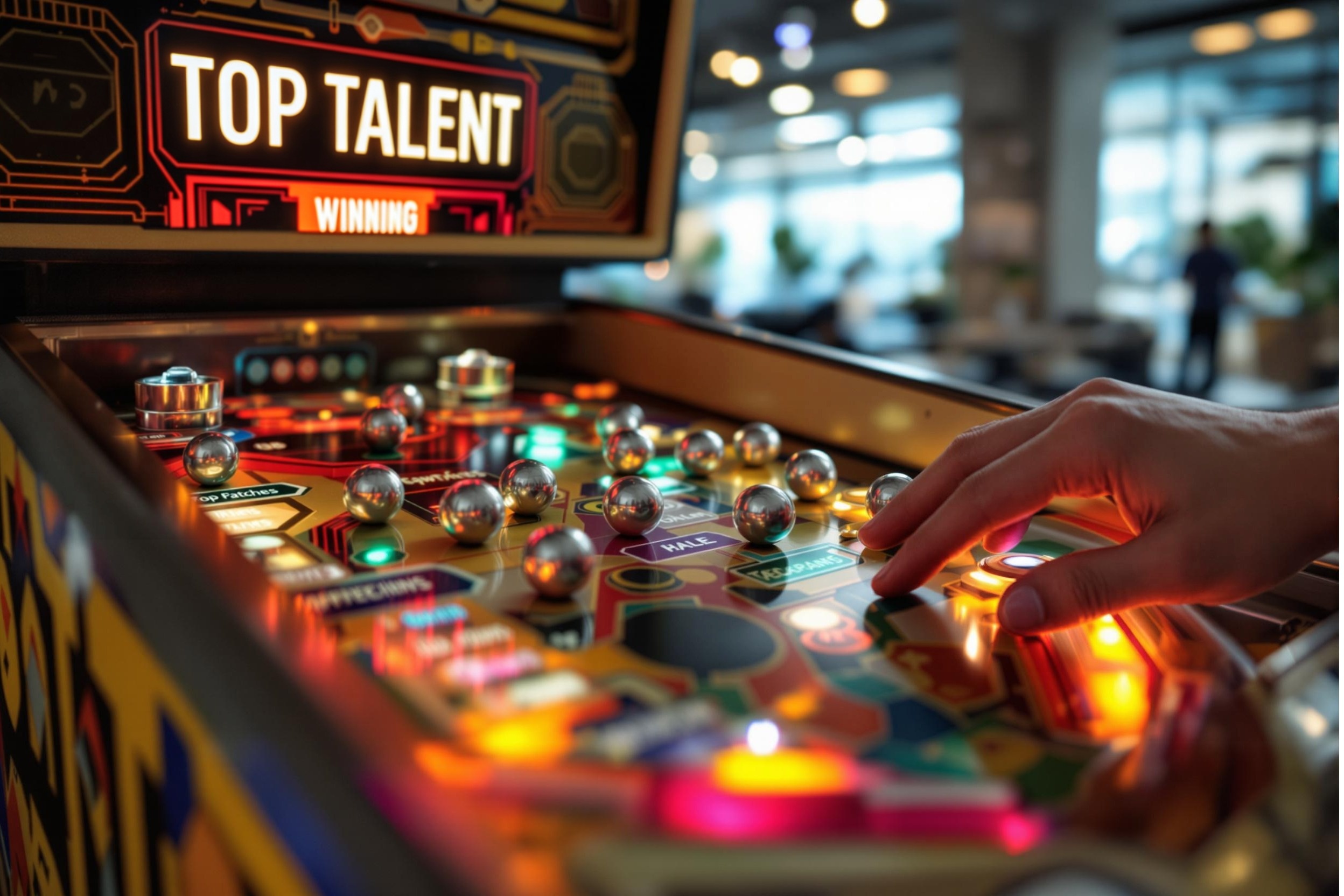
Three-Second Violation
A Three-Second Violation is a basic rule in basketball that officials (referees) must monitor and enforce. It means a player cannot stay in a specific area near the basket (called the paint or key) for more than three seconds when their team has the ball. This rule keeps the game fair by preventing tall players from just standing near the basket all the time. Officials need to be able to spot these violations while watching many other aspects of the game. Understanding and enforcing this rule is a fundamental skill for basketball referees at all levels, from youth leagues to professional games.
Examples in Resumes
Consistently enforced Three-Second Violation rules in high school varsity basketball games
Trained junior officials on proper Three-Second Rule enforcement techniques
Maintained game flow while accurately calling 3-Second Violation infractions in collegiate basketball
Typical job title: "Basketball Officials"
Also try searching for:
Where to Find Basketball Officials
Professional Organizations
Training Resources
Job Boards
Example Interview Questions
Senior Level Questions
Q: How do you handle situations where coaches disagree with your three-second violation calls?
Expected Answer: An experienced official should discuss maintaining professional communication, explaining decisions clearly when appropriate, and managing game flow while ensuring consistent rule enforcement.
Q: How do you train newer officials to properly observe and call three-second violations?
Expected Answer: Should demonstrate teaching methods, common mistakes to watch for, and how to balance watching for three-second violations while monitoring other aspects of the game.
Mid Level Questions
Q: What are the exceptions to the three-second rule?
Expected Answer: Should explain that the count resets when a shot is taken, when possession changes, and when a player is actively trying to leave the restricted area.
Q: How do you maintain consistent three-second violation calls throughout a game?
Expected Answer: Should discuss techniques for counting consistently, positioning on the court, and maintaining focus during fast-paced game situations.
Junior Level Questions
Q: Explain the basic three-second violation rule.
Expected Answer: Should be able to clearly explain that offensive players cannot remain in the restricted area (the paint) for more than three seconds when their team has the ball in the frontcourt.
Q: What area of the court does the three-second rule apply to?
Expected Answer: Should identify the painted area between the free-throw line and the baseline, commonly known as 'the paint' or 'the key.'
Experience Level Indicators
Junior (0-2 years)
- Basic understanding of basketball rules
- Ability to count three seconds accurately
- Knowledge of court markings and restricted areas
- Basic game management skills
Mid (2-5 years)
- Consistent rule enforcement
- Clear communication with coaches and players
- Ability to manage challenging situations
- Good court positioning
Senior (5+ years)
- Advanced game management
- Mentoring and training other officials
- Excellence in rule interpretation
- Strong conflict resolution abilities
Red Flags to Watch For
- Unable to maintain consistent counting rhythm
- Poor understanding of basic basketball rules
- Lack of physical fitness to keep up with the game
- Inability to handle pressure from coaches and players
Related Terms
Need more hiring wisdom? Check these out...

Global Compliance Checks: The Hidden Puzzle Pieces of Background Screening Revealed

Navigating Compliance: Structuring On-the-Job Training in Regulated Industries

Supercharge Your Candidate Screening: 7 Unorthodox Ways to Hire Faster Without Breaking a Sweat

